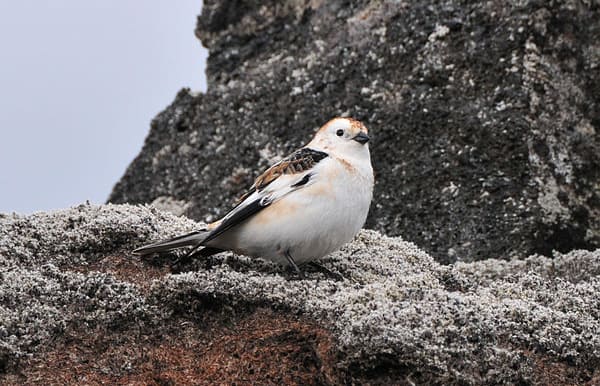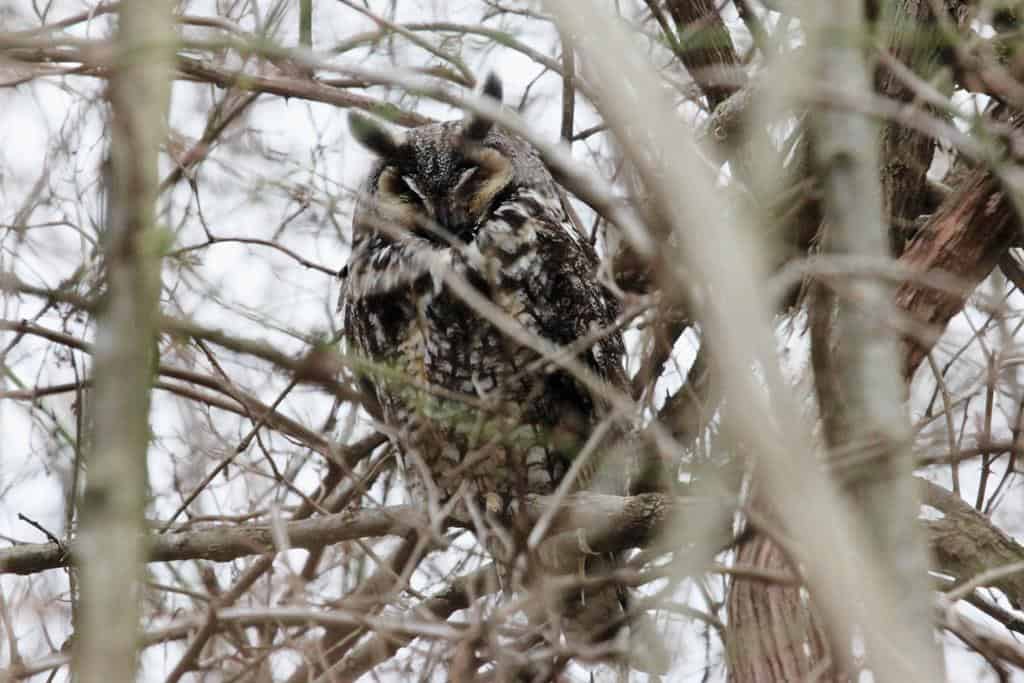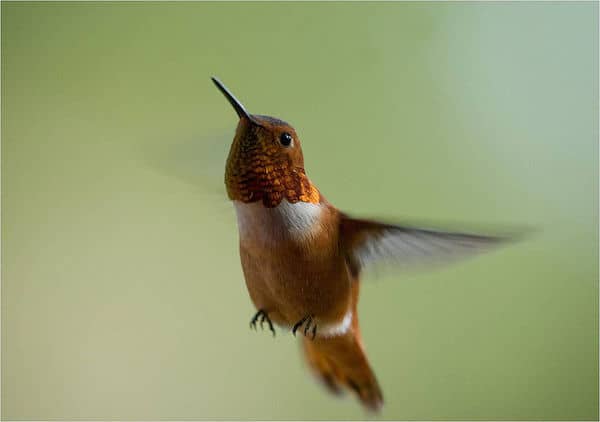Look For
Most of us don’t get to see the male snow bunting in its snowiest attire—its pure white-and-black breeding plumage worn when the birds are on the Arctic tundra. In winter, when they are present across much of northern North America, both males and females are rusty and white with black wingtips. The snow bunting is 6 ¾ inches in length.
Listen For
The snow bunting’s calls are a whistled descending cheew! and a harsh, nasal brzzzt! given in winter flocks. The song is a musical warble full of tyeew notes.
Find It
Summers are spent in the far North on the tundra. They return to the tundra in early spring because unlike most other arctic songbirds, they nest in rock cavities, so competition for high-quality territories is intense. In winter, flocks move south, where they prefer open areas such as beaches and farm fields (especially ones with freshly spread manure).
Feeding Behavior
From late fall to spring, the snow bunting eats mainly weeds and grass seeds largely covered in snow. Then from summer to early fall, they feast on a mixed diet of seeds, buds, and invertebrates, always foraging on the ground.
Nesting Behavior
They nest in rocky areas or boulder fields. Snow buntings hide their nests deep in narrow cracks and fissures and therefore, suffer lower rates of nest predation than open-nesting arctic songbirds. However, this safety comes at a cost. Cold rock cavities have harsh microclimates for developing eggs, which increase incubation periods or kills developing embryos. Mean clutch size increases with latitude. The females incubate for 10.5 to 13.5 days while the male brings food to her to shorten the incubation period and increase the hatching success. Typically, chicks depart from the nest asynchronously and continue to be fed by parents for 8 to 12 days. Baby buntings develop a distinctive begging call so their parents can locate the dispersed babies more easily.
Wow!
Snow buntings can handle extreme cold—as low as 58 degrees below zero. They may burrow into the snow to shelter from the freezing wind and stay warm.





A beautiful bird has been at our Battle Ground, Wa home for a month now, She is snow white with a tinge of brownish tan underneath. I found the bird in my bird book and read of its origins A Snow Bunting., I did get a photo of her. She is a loner and very skittish of the pair of blue jays that also feed at our backyard feeder. She appears to have a nest under the arborvitae tree. We are Backyard Bird Watchers and have never seen this bird in the 20 years living here.